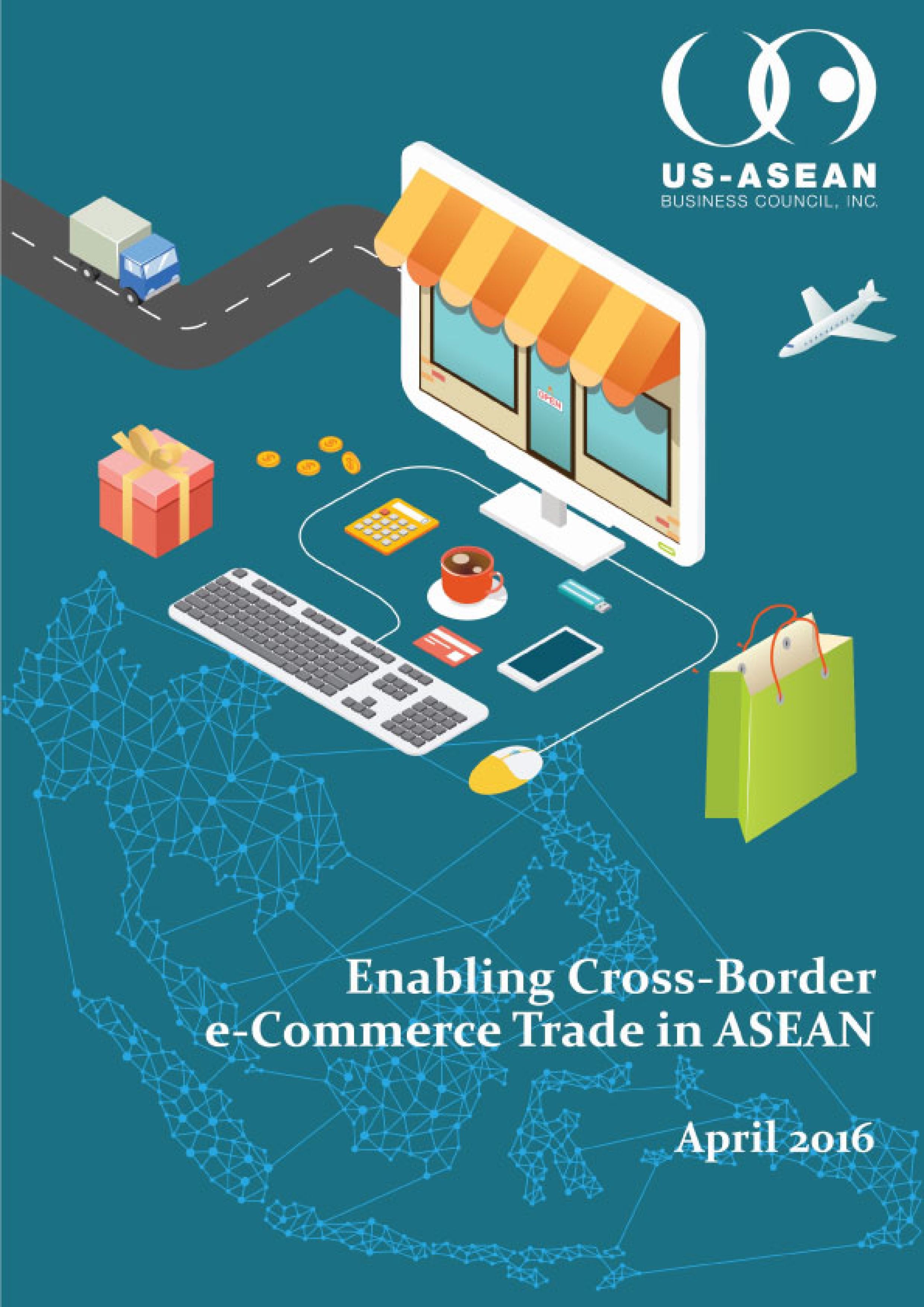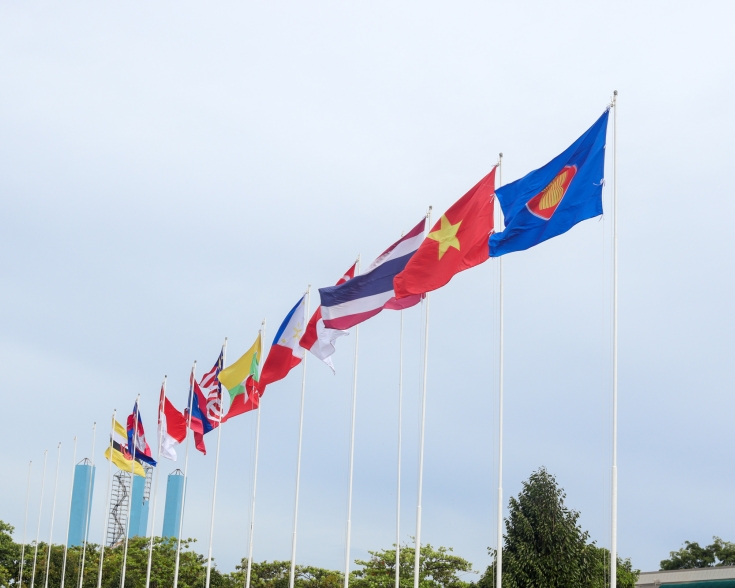
- The opportunities for cross-border electronic commerce (e-Commerce) in ASEAN are tremendous. ASEAN is a fast-growing economic bloc with high consumer confidence that is rapidly adopting, and in some instances spearheading, 21st-century technology. By 2020, ASEAN’s middle class is expected to reach 400 million people.1 According to the World Bank’s World Development Indicators, the number of Internet users in ASEAN grew at a rapid 16% annually between 2008 and 2013.2
- Cross-border e-Commerce has the potential to revolutionize the way businesses and consumers engage in commercial transactions. Small and medium-sized enterprises (SMEs) in particular benefit from cross-border e-Commerce as it enables them to reach beyond a local customer base and access global markets in a way that was previously unimaginable. ASEAN’s growing middle class also benefits by being able to choose from a wide range of goods more conveniently and more cost-effectively.
- A number of existing and newly announced ASEAN initiatives – particularly those espoused in the ASEAN Economic Community Blueprint 2025, ASEAN ICT Masterplan 2020, and prioritized projects under the 2010 Master Plan on ASEAN Connectivity (MPAC) – support specific aspects of the cross-border e-Commerce value chain. They include efforts to promote digital trade and use of electronic payment, simplify customs procedures by facilitating data exchange among customs authorities of ASEAN Member States, improve Internet access, develop ICT infrastructure, enable transport connectivity, and harmonize e-Commerce laws.
- Despite positive trends and existing ASEAN initiatives, more needs to be done for cross-border e-Commerce in the region to flourish. Cross-border e-Commerce is altering and challenging ASEAN’s existing regulatory environment and some ASEAN Member States are creating regulations to slow these flows rather than collaborating to develop new policies that facilitate the seamless flow of information, services and goods related to cross-border e-Commerce. ASEAN’s response to and management of the booming cross-border e-Commerce volume can make or break this new growth opportunity.
- The US-ASEAN Business Council(US-ABC) applauds ASEAN’s intent to intensify cooperation on e-Commerce through the development of an “ASEAN Agreement on e-Commerce.”3 We believe that ASEAN can obtain significant growth benefits by including a strategic focus on cross-border e-Commerce, and prioritizing regional policy coherence in the post-2015 ASEAN Economic Community agenda based on comprehensive multi-stakeholder dialogue – including with the private sector.
US-ABC and its members stand ready to support ASEAN’s formulation of a regional strategy for facilitating cross-border e-Commerce trade. In aid of these efforts, we offer the following twelve policy recommendations:
Prioritize cross-sectoral e-Commerce policy coordination
Embrace cross-sectoral policy coordination that touches the entire value chain of cross-border e-Commerce, including its supporting sectors;
Facilitate the movement of goods across borders
- Simplify and strengthen border clearance procedures;
Improve physical infrastructure and connectivity to facilitate last-mile delivery;
Enhance the regulatory environment for ASEAN businesses and consumers
- Ease business regulations to create a level playing field for SMEs;
- Encourage an open, safe, secure, and interoperable payments ecosystem;
- Encourage the establishment of online platforms and marketplaces;
Liberalize services that facilitate cross-border e-Commerce including logistics/express delivery services, distribution services, and payment gateway services;
Build a secure, trusted, and facilitating online environment
- Facilitate cross-border data flows;
- Support growth-focused data protection;
Enable strong cybersecurity defenses;
Empower ASEAN businesses and consumers
- Improve Internet access; and
- Facilitate trade in digital products.



